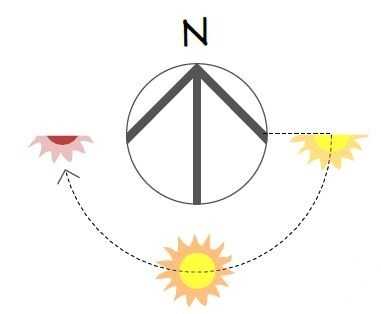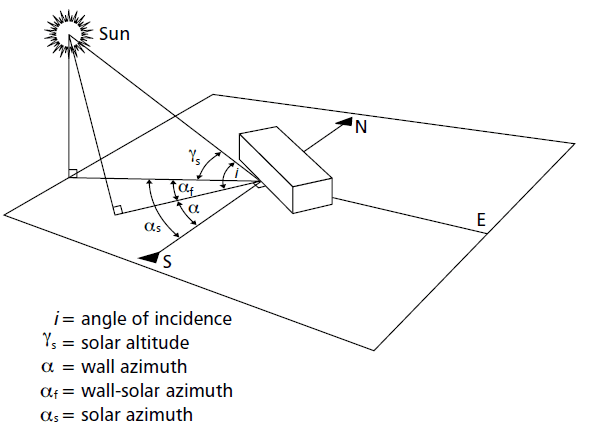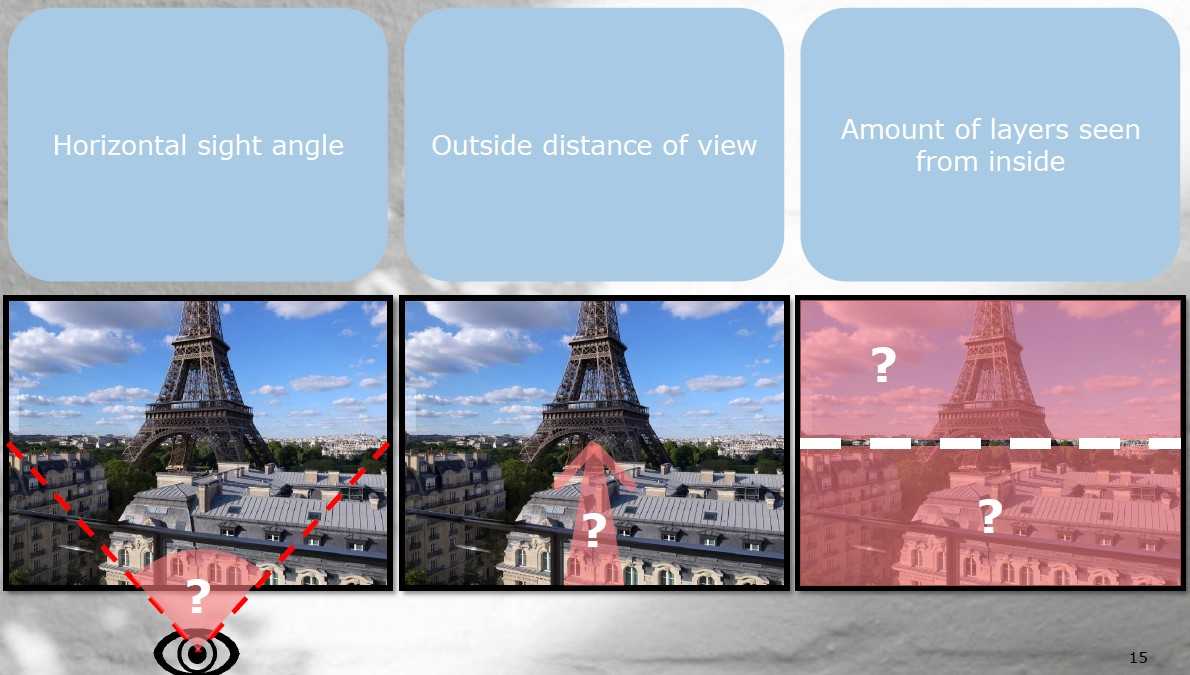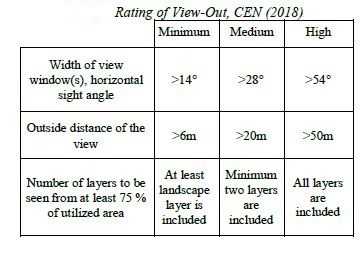Let there be light (after Brexit)
Here at Northern Planners we are well-versed in applying the guidance set out in various British Standards that impact on planning matters.
These cover a variety of topics including, for example nature conservation, trees and daylight/sunlight. We have previously posted about our familiarity with the special advice from the Building Research Establishment which has supplemented the historic British Standard on daylight/sunlight (BRE guidelines Site Layout Planning for Daylight and Sunlight – A guide to good practice 2011).
In May, 2019 however, a new British Standard was issued for the subject of daylight/sunlight which will has some far-reaching consequences for this area of practice. BS EN 17037:2018 is the UK’s response to a new European Standard that EU Member States adopted in December last year (EN 17037). Given the Spring publication of the UK Standard, the European principles it contains will bite even after Brexit.
The European Standard takes a new approach to past practice. It requires designers of new buildings to consider 4 issues. First and foremost is the question of the quantity of daylight (illuminance levels) available within buildings. Here, the basic methodology relies on the established notion of the ‘daylight factor’ but there is a new twist given by the inclusion of an alternative dynamic reference calculation that includes an adjustment to a minimum requirement based on local climate. So the overall target requirement for cities in Sunny southern European can be less than for dull northern European cities. Under the Standard, the minimum level for internal daylight across 95% of a space is 100 lux and the median 300 lux.
The other 3 issues covered relate to the quality of light within buildings. The first aspect of this is the reduction of uncomfortable glare and designers are given a methodology to predict the likelihood of this phenomenon – ‘Daylight Glare Probability’ (DGP) levels should not be exceeded for more than 5% of the time during which an internal space is occupied.
The second aspect is daily exposure to sunlight - the recommended level varies from 1.5 to 4 hours, corresponding to a minimum performance and a high performance respectively, assessed based on number of hours of sunlight received in habitable rooms on any chosen day between 1 February and 21 March.
The final and perhaps most innovative aspect of the Standard is its requirement for designer’s to consider the view out of the windows of a building and how these will contribute to the quality of light (and the well-being/health of occupants). The methodology demands that the designer addresses 3 points here: the width of views out of openings (horizontal angle) from an internal reference point, the distance to any external obstructions/objects in the view and the composition of the view in terms of number of ‘layers’ (sky, urban/rural landscape and ground) viewed from the majority of the internal floorspace area. The methodology enables the rating of the design against these considerations/criteria. As with the other factors in the Standard, the performance of the design can achieve one of three levels: high, medium and minimum.
This aspect of the Standard is particularly interesting as its underlying approach may be capable of use to produce a possible proxy measure to help the assessment of the overbearing effects of new development.
One criticism of the new Standard is that it focuses exclusively on the needs of the occupants of new development. What it doesn’t do is consider the impact of new development on the daylight enjoyed by the residents in surrounding buildings. This is where the BRE Guidance mentioned above comes in. But the existing 2011 Guidance will require updating as a result of the new Standard. The BRE is preparing revised guidance which is expected to be in place early in 2020.



